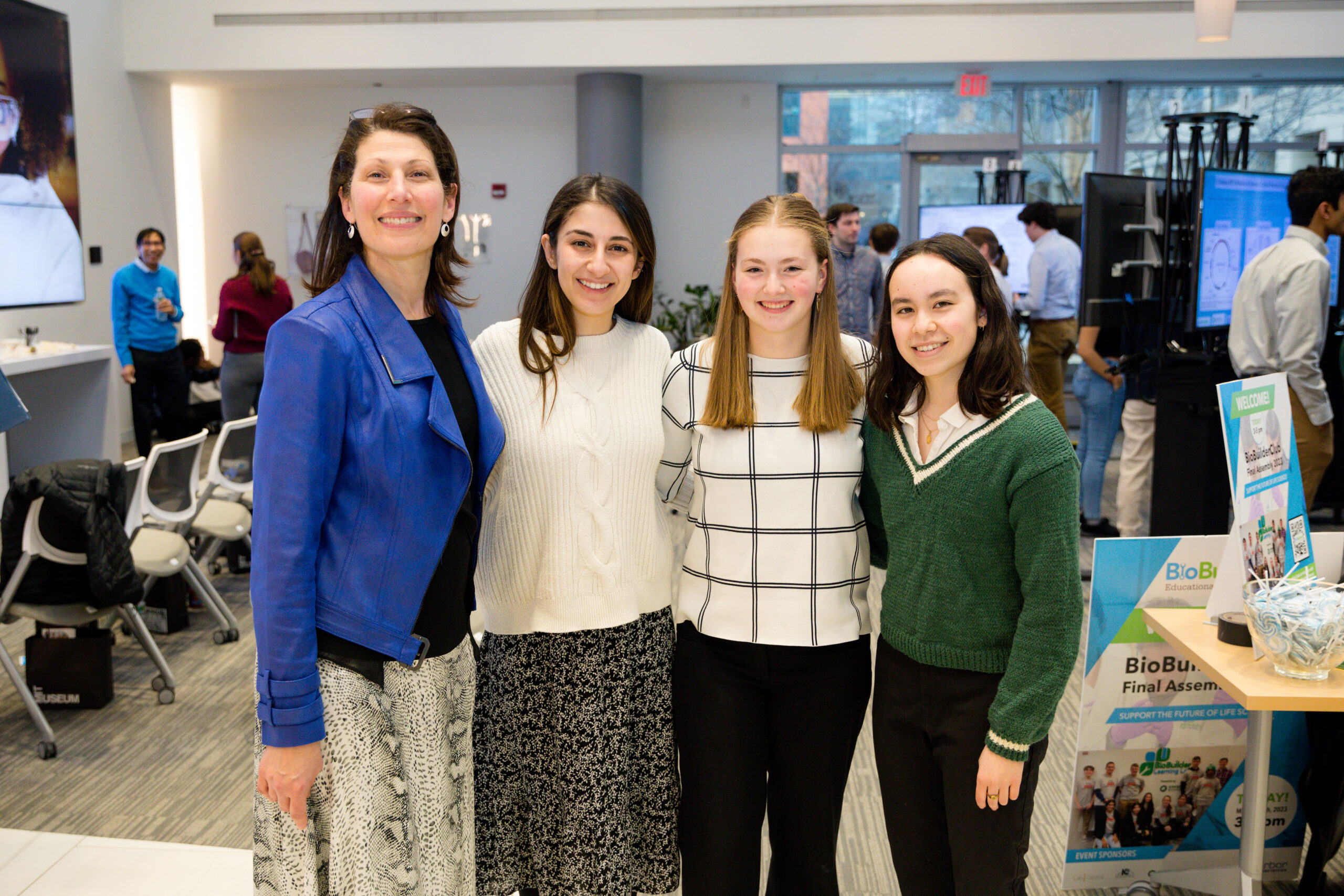Salmonella typhimurium (S. typhi) is a bacterial species that is prevalent and causes disease in Sub-Saharan Africa, South Asia, East Asia, and Pacific regions. Better detection of the microbe would improve food safety and security in these regions. Because S. typhi is mainly present in the food and water of third-world countries, an effective detector must be portable and self-regenerating. To achieve these characteristics, we designed a detection system using synthetic biology.
Our system expresses the a-agglutinin complex subunits (Aga1p and Aga2p) on the surface of Saccharomyces cerevisiae (S. cerevisiae), a yeast that is both engineerable in the lab and safe to provide to households in affected areas. The antibodies presented on these engineered yeast will bind to S. typhi, stimulating a proton pump in the yeast and adding H+ ions to the yeast growth solution by means of a signal transduction pathway not yet defined.
A pH indicator, such as Bromophenol blue, in the solution will be used to detect the increase in H+ ions, and if the pH of the solution drops significantly below 5.75, the typical pH of S. cerevisiae, to about 4.5, the solution will turn yellow, indicating the presence of S. typhi. Our solution, if successful, will create a low-cost, self-regenerating system for the detection of S. typhi. Its low cost and its capacity to reproduce will ensure greater access to our system, making food and water in third-world countries safer to consume and reducing disease.
